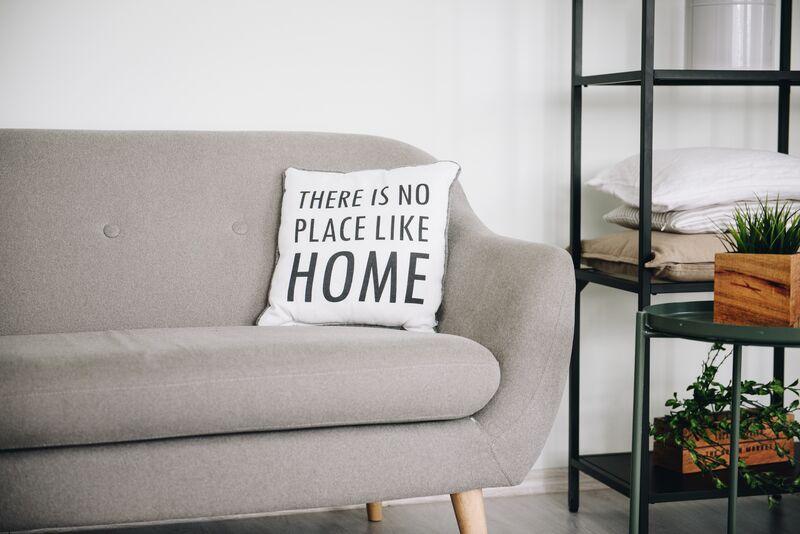
The coronavirus has hit our population the same time as the Americans with Disabilities Act (ADA)'s 30th anniversary. Both events have drawn sharp attention to what we used to consider normal and what is the “new normal.”
Thanks to shelter in place orders, many people are confronted with a life many people with disabilities are used to. People with disabilities (especially those with hearing, vision or mobility disabilities) have become accustomed to spending large amounts of time indoors. Whether it is because of a lack of accessibility or empathy in the outside world, people with disabilities are no strangers to staying inside.
The lessons we have learned in quarantine might be helpful hints to reshape what is considered normal. To name but a few examples: It should be normal to access classrooms and materials like textbooks; to have a working office space and access the internet; to enjoy museums and concerts; to shop online or at a store; to go on a vacation; or to have a job that pays a livable wage. In other words, it should be normal to do normal things.
The virus has taught us several lessons that we can translate into that new normal.
Social Distancing
Keeping six feet from others can help ensure we avoid a number of unhelpful practices. While trying to be courteous, sometimes gestures are more harmful than helpful. Examples of these are: uninvited touches; intrusive questions or comments; insisting on helping even when it was not requested; and physical or technological barriers that naturally prevent access. Social distancing, in its own way, has helped people with disabilities avoid these interactions. It can be a helpful practice even after the government relaxes these guidelines.
Relief Bills and Stimulus Checks
The aid coming from our government helps many of understand what accounts for a “livable wage.” It might also increase awareness of obstacles to successfully work from home that were not considered. They also draw attention to the importance of public programs in our communities. While cooped up at home we start to realize the importance of public engagement. Our desire for re-entry/ access is not unfamiliar to someone with a disability. It could be an enrichment program or a group home. Regardless, funding of these services is critical for public emotional and physical health.
Medical care…
…and the importance of disability etiquette training. Hospital social distance guidelines prevent anyone from being in the room besides the patient and their doctors. This prevents attendants who need to be by the patient’s side for translation or support. Some policies can also lead to a person with a disability not getting a ventilator because of “co-existing health conditions.” Granted, these policies were emergently put in place. But it does not negate the fact that people with disabilities are still disproportionately affected by the virus. Perhaps the “old normal” can be thrown out the window to ensure everyone gets the best medical attention possible.
I am an eternal optimist. It is my hope the virus could encourage our country to reshape what is normal. The virus has drawn attention to the communities disproportionately affected by its spread. With so much worry and uncertainty, coronavirus could help bring attention to disability conversations that have been ignored for a long time. Just as wars have united our country, perhaps the virus will increase our empathy that fuels reform.
The ADA was passed to ensure equal rights to enjoyment of life, liberty and the pursuit of happiness. The virus brings into sharp contrast the intent of the ADA and what is actually happening. Barriers in access to healthcare and government aid have been lowered. Perhaps these can be the new normal. The ADA is supposed to lower barriers. Perhaps that progress can increase access for all.